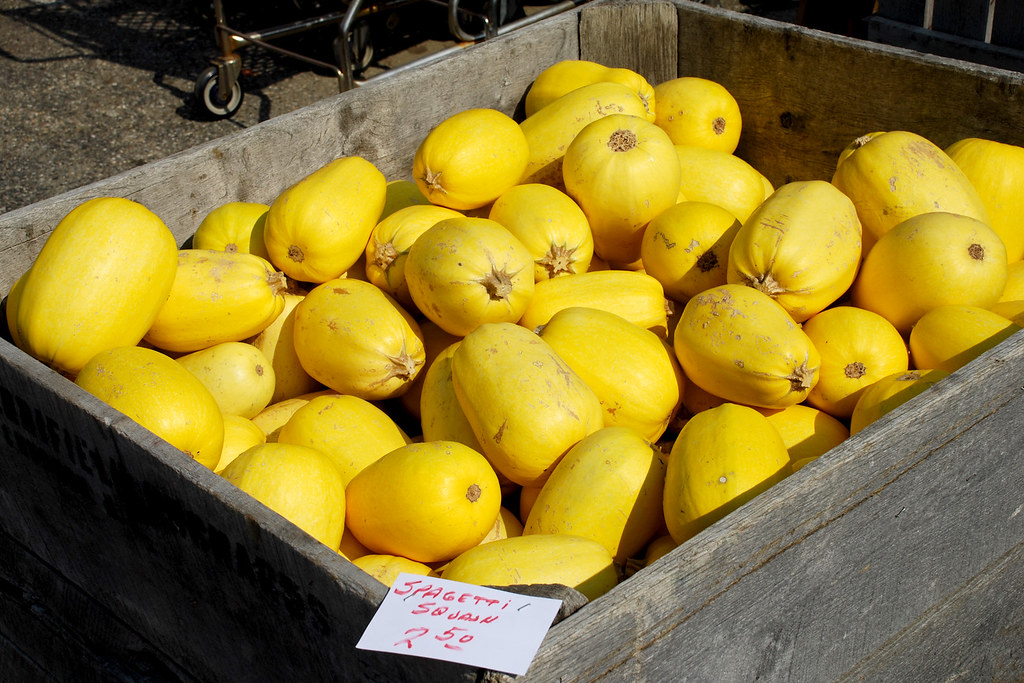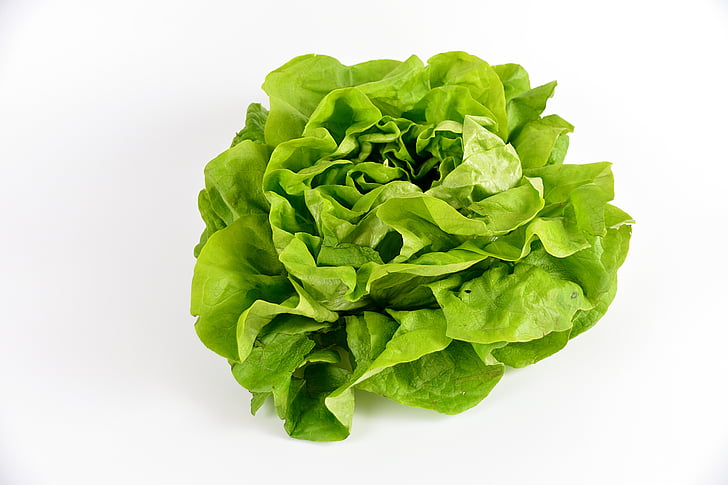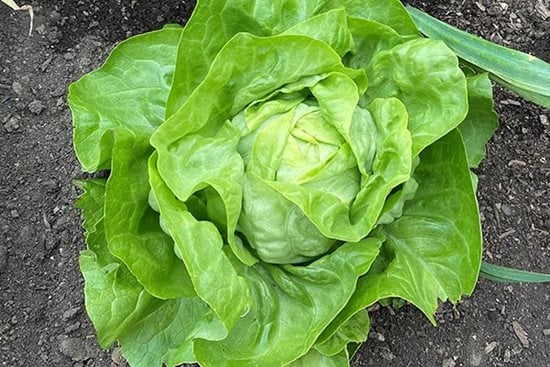In the realm of nutritious and versatile vegetables, spaghetti squash stands out as a culinary gem, especially during the harvest season. This low-calorie, gluten-free alternative to traditional pasta not only satisfies the taste buds but also adds a vibrant, nutritious twist to your meals. In this article, we will explore the wonders of spaghetti squash season, offering tips, recipes, and insights to elevate your culinary experiences during its peak season.

Unlocking the Nutritional Goldmine
Before delving into the culinary delights of spaghetti squash, it’s essential to appreciate its nutritional value. Packed with vitamins, minerals, and fiber, this vegetable is a low-calorie, high-nutrient addition to your diet. A single cup of cooked spaghetti squash contains only about 40 calories, making it an excellent choice for those looking to maintain a healthy weight without sacrificing flavor,spaghetti squash season.
Choosing and Preparing Spaghetti Squash
Selecting the right spaghetti squash is the first step to a successful culinary experience. Look for firm, evenly colored squash with a matte surface. The brighter the color, the riper and sweeter the squash will be. Once you’ve chosen your squash, preparing it is a breeze.
Start by preheating your oven to 375°F (190°C). Cut the spaghetti squash in half lengthwise, scoop out the seeds, and place the halves face down on a baking sheet. Roast for about 40-45 minutes or until the flesh is tender. Alternatively, you can microwave or use an instant pot for a quicker cooking process.
Spaghetti Squash as a Pasta Alternative
The real magic of spaghetti squash lies in its ability to transform into a pasta-like consistency when cooked. After roasting, use a fork to scrape the flesh, and voila! You’ll have strands resembling spaghetti. This makes it an ideal substitute for traditional pasta in various dishes.
![]()
Spaghetti Squash Primavera: Combine the cooked squash with sautéed colorful vegetables like bell peppers, cherry tomatoes, and zucchini. Toss with olive oil, garlic, and your favorite herbs for a refreshing and wholesome meal.
Pesto Parmesan Spaghetti Squash: Mix the squash strands with homemade pesto sauce and top with a generous sprinkle of Parmesan cheese. Bake until bubbly for a deliciously cheesy and aromatic dish.
Spaghetti Squash in Savory Dishes
Beyond its role as a pasta substitute, spaghetti squash can be the star of savory dishes that delight the taste buds.
Stuffed Spaghetti Squash Boats: Fill the hollowed-out halves with a flavorful mixture of ground turkey, black beans, corn, and spices. Bake until the squash is tender and the filling is golden brown for a satisfying and protein-packed meal.
Spaghetti Squash Stir-Fry: Stir-fry the squash strands with a colorful array of vegetables, protein of your choice, and a savory sauce. This quick and easy stir-fry brings together vibrant flavors and textures.
Sweet Endings with Spaghetti Squash
Surprisingly, spaghetti squash can also be a star in sweet dishes.

Spaghetti Squash Custard: Mix the squash with eggs, milk, vanilla, and a touch of cinnamon. Bake until set for a unique and healthier twist on a classic custard dessert.
Spaghetti Squash Muffins: Incorporate the squash into muffin batter with ingredients like nuts, raisins, and a hint of honey. Bake until golden for a delightful and nutritious snack.
Embracing the Season’s Best
As you embark on your culinary journey with spaghetti squash, remember to experiment with flavors, textures, and pairings. Whether you’re a seasoned chef or an adventurous home cook, the versatility of spaghetti squash offers a canvas for endless creativity in the kitchen.
Spaghetti Squash Season
In conclusion, embrace the season’s best with spaghetti squash as your culinary companion. Elevate your meals with this nutritious and delectable vegetable, exploring its potential in both savory and sweet dishes. From pasta alternatives to savory stuffed boats and sweet custards, spaghetti squash adds a touch of culinary magic to your kitchen, making every meal a celebration of the harvest season’s finest offerings,spaghetti squash season.







